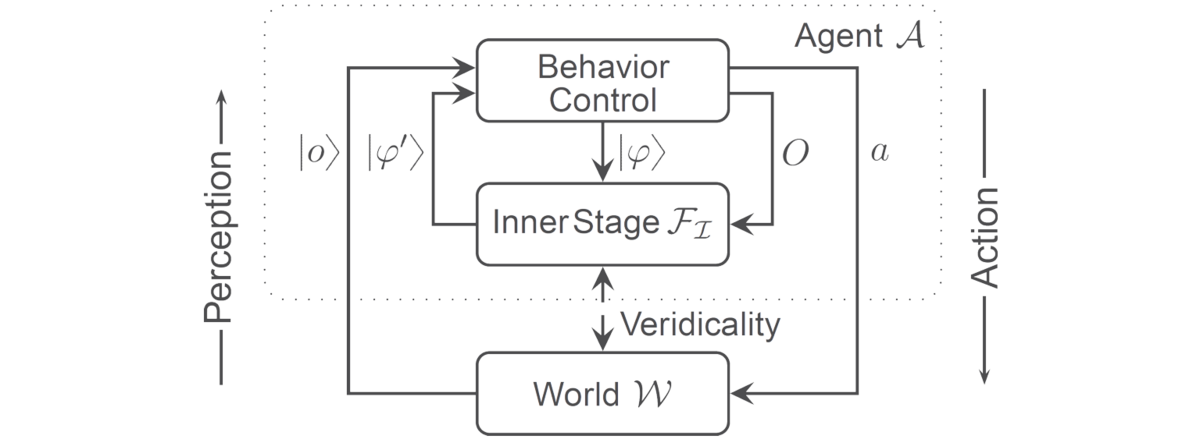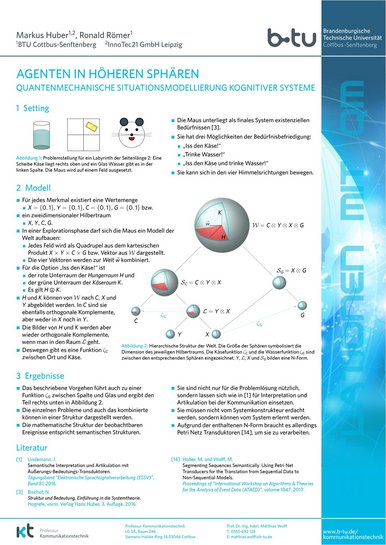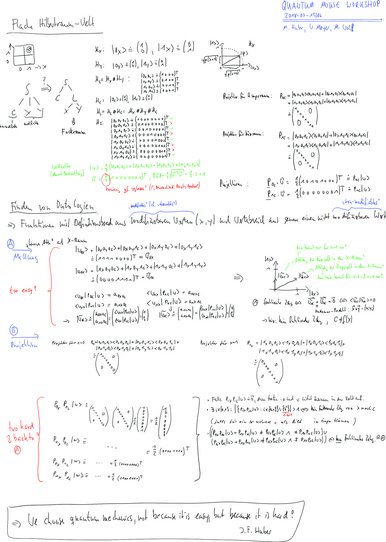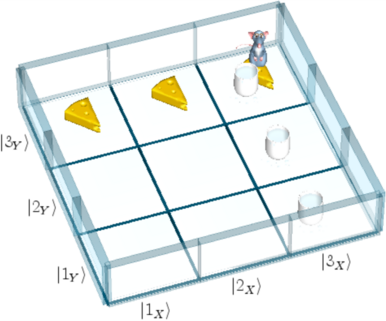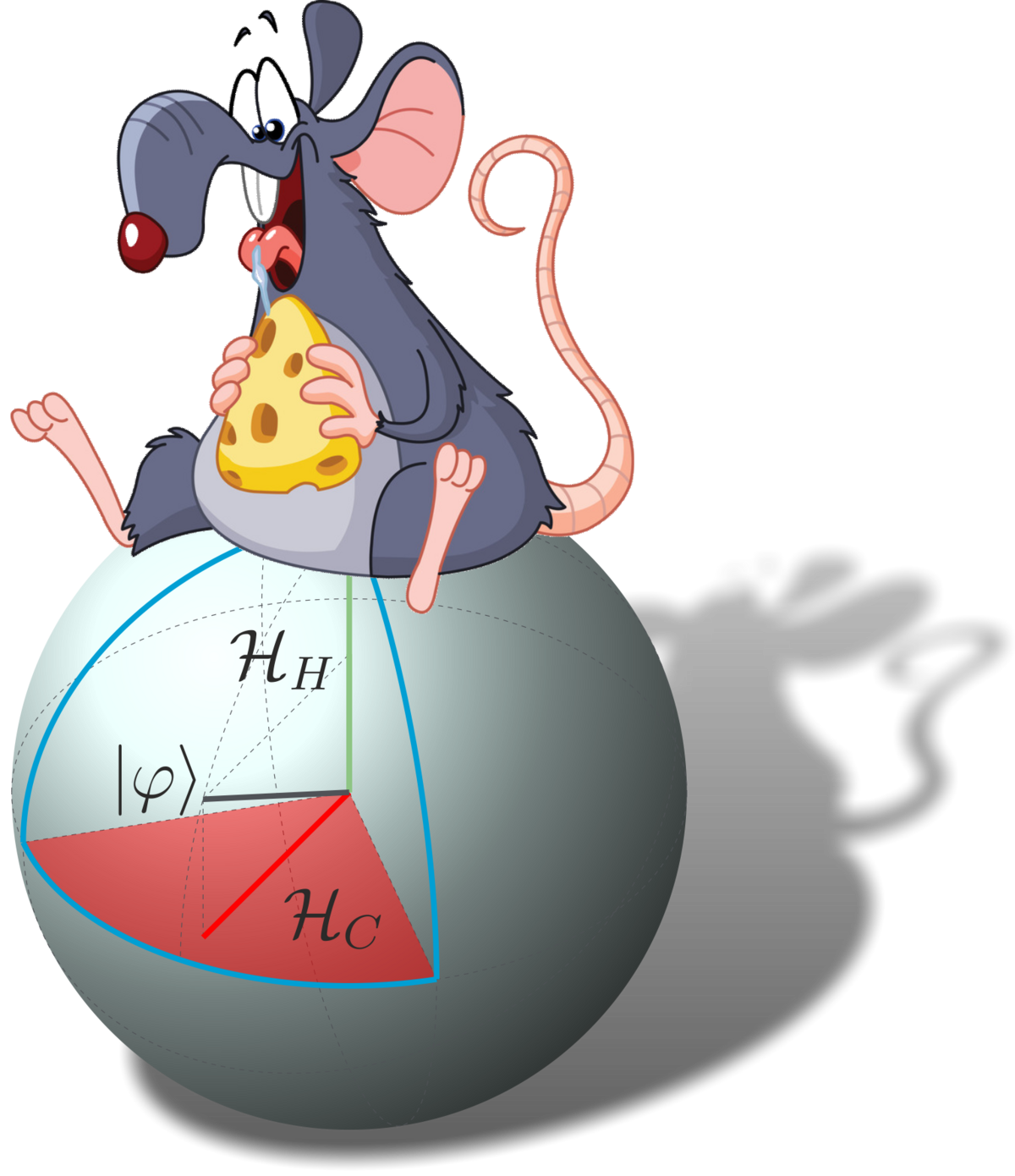Prof. Dr.-Ing. habil. Matthias Wolff Lehrstuhlleiter
Matthias Wolff stammt aus Görlitz. Er studierte bis 1997 an der TU Dresden Elektrotechnik und Informationstechik, wurde dort 2004 zum Doktoringenieur promoviert und habilitierte sich 2011 ebenfalls an der der TU Dresden im Fach Systemtheorie. Seit 2011 ist er als Universitätsprofessor für Kommunikationstechnik an der Brandenburgischen Technischen Universität Cottbus-Senftenberg tätig. Er lehrt auf den Gebieten der Systemtheorie, Kommunkationstechnik, Sprachtechnologie und kognitive Systeme. Seine Forschungsinteressen liegen hauptsächlich auf den Gebieten Text- und Semantikverarbeitung, Verhaltenssteuerung für kognitive Maschinen und quanteninspirierte KI-Methoden.
Matthias Wolff ist
- Sprecher des Lausitzer Zentrums für Künstliche Intelligenz (LZKI)
- Sprecher des WiR!-Bündnisses Ko-Innovationsplattform Industrieautomatisierung (KOI)
- Vorsitzender des Prüfungsausschusses Elektrotechnik (universitäres Profil)
| PGP | öffentlicher Schlüssel: 705F7B5F Fingerabdruck: 96ED 5F66 DB99 22B0 9DB2 1786 AFE0 EFF6 705F 7B5F |
|---|
Lehrgebäude 3A, Zimmer 246
T +49 (0) 355 69 2128
F +49 (0) 355 69 2150
E Matthias.Wolff(at)b-tu.de
ORCID
Publikationen
Forschung
- Kognitive Systeme
- Quanteninspirierte Künstliche Intelligenz
- Sprachtechnologie
- Akustische Mustererkennung1)
- Wissenschaftliche Software1)
1) in Kooperation mit Fraunhofer IKTS, Projektgruppe Kognitive Materialdiagnostik (KogMatD) an der BTU Cottbus-Senftenberg
Projekte
Quantum-Inspired Behavior Controller for a Remake of C. E. Shannon's Electrically Controlled Mouse
Abstract
Motivation and Background
C. E. Shannon's "Electrically Controlled Mouse" Theseus is an early and prominent example of what we call a cognitive or intelligent agent today. Shannon's construction was based on an array of telephone relays which provided the mouse with a simple memory, much like Ariadne's thread, to find its way through a configurable maze. Contemporary cognitive agents use state space models in connection with search algorithms and decision process models to solve similar problems. They have deficits in handling not-yet knowing in terms of formal logic (e.g., stochastic decision processes) and with explainability (e.g., deep neural networks). Both capabilities are, however, essential for cognitive agents. In this project we investigate hyper-dimensional state space models [Miz89, Smo90]—aka. vector-symbolic architectures [Gay06, Kle18]—to devise a so-called inner stage for final cognitive agents [Bis09], on which the agent can safely perform trial actions and plan its strategy. To that end, we develop a representation theory of semantic states, expressed by relational databases or feature-value relations, in Hilbert or Fock space [Foc32]. In this hyper-dimensional representation we can employ quantum logic [BN36] or other quantum-inspired methods to design the agent’s behavior controller and to model higher cognitive functions like, e.g., coping. Fig. 1 outlines the general architecture of a quantum-inspired cognitive agent (see [WHW+18] for details).
Goals
- Refine and enhance Ingo Schmitt's Hilbert space representation theory of relational databases, e.g., handling of uncertain knowledge or NIL values,
- Devise a representation theory of semantic states, expressed by feature-value relations, in Fock space,
- Devise quantum-inspired algorithms, i.e., Hilbert and/or Fock space operator compositions, for agent actions, attention, natural language communication, ontology inference, and coping,
- Construct a test bed and demonstrator for the application example of Shannon's mouse-maze system, and
- Ultimately: devise quantum computer algorithms for the behavior control of cognitive agents.
Application
(unzip to a directory and start the exe-file)
References
| [Bis09] | Bischof, N. (2009). Psychologie, ein Grundkurs für Anspruchsvolle. Verlag Kohlhammer, 2009, 2. Auflage. |
| [BN36] | Birkhoff, G. and von Neumann, J. (1936). The logic of quantum mechanics. Annals of Mathematics 37(4), 823{843 (1936). URL http://www.jstor.org/stable/1968621 |
| [Foc32] | Fock, V. A. (1932). Konfigurationsraum und zweite Quantelung. Z. Phys. 75, 622 – 647 |
| [Gay06] | Gayler, R. W. (2006). Vector symbolic architectures are a viable alternative for Jackendoff’s challenges.Behavioral and Brain Sciences, 29:78 – 79. |
| [Kle18] | Kleyko, D. (2018). Vector Symbolic Architectures and their Applications: Computing with Random Vectors in a Hyperdimensional Space. PhD-Thesis, Lulea Univ. of Technology. ISBN: 978-91-7790-110-5. |
| [Miz89] | Mizraji, E. (1989). Context-dependent associations in linear distributed memories. Bulletin of Mathematical Biology, 51(2):195 – 205. |
| [Smo90] | Smolensky, P. (1990). Tensor product variable binding and the representation of symbolic structures in connectionist systems. Artificial Intelligence, 46(1-2):159 – 216. |
| [WHW+18] | Wolff, M., Huber, M., Wirsching, G., Römer, R., beim Graben, P., and Schmitt, I. (2018). Towards a Quantum Mechanical Model of the Inner Stage of Cognitive Agents. 2018 9th IEEE International Conference on Cognitive Infocommunications (CogInfoCom), 2018, pp. 000147 – 000152, doi: 10.1109/CogInfoCom.2018.8639892 |
Project Data
| Period | 2015–today |
|---|---|
| Funding | BTU self-funding |
Bibliography and Links
- Project bibliography [-- UBICO, keywords="btuktqtheseus" --]
- Project page @ResearchGate
Related Projects
- [-- RTHESEUS --]
- Behavior Control of Intelligent Machines (VIM)


Mission:
Researchers:

Associated Partners:
Lehre
| Typ | ID | Title |
|---|---|---|
| V | 11908 | Systemtheorie I |
| V | 33306 | Nachrichtenübertragung |
| V | 11352 | Informations- und Kodierungstheorie |
| V | 33305 | Nachrichtensysteme |
| V | 11388 | Audio- und Signalverarbeitung |
| V | 33310 | Sprachverarbeitung |
| V | 11744 | Kognitive Systeme: Perzeption und Aktion |
| V | 11727 | Kognitive Systeme: Verhaltenssteuerung |
Legende: V - Vorlesung, Ü - Übung, P - Praktikum, S - Seminar


